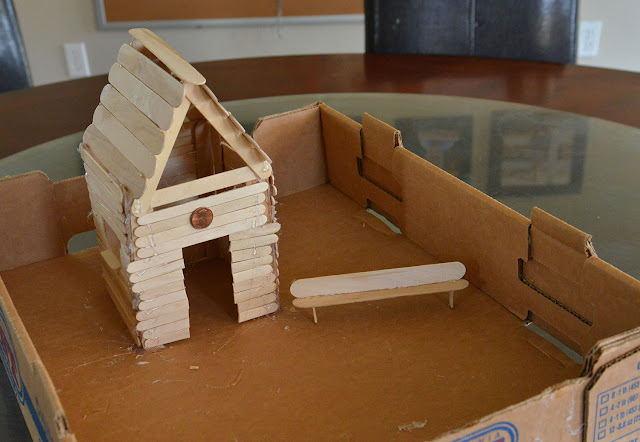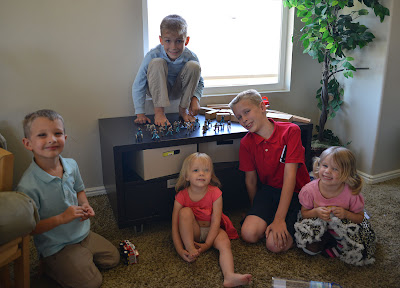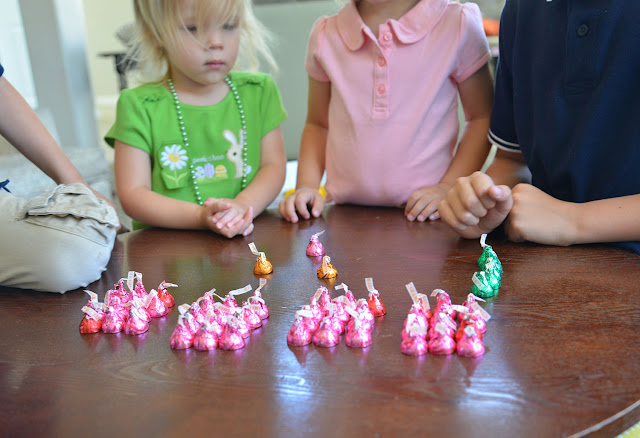While I was reading up on Abraham Lincoln for this unit, I kept thinking how overdone the whole Log Cabin thing is. Don't we know anything else about Abraham Lincoln?, I kept wondering. But . . . then I wanted to listen to Copland's Lincoln Portrait, and it seemed like a craft would be the perfect thing to keep everyone busy and quiet while we listened. And then I ran across a blog post about a 3-D log cabin, which seemed way more fun than the usual 2-D ones I remember making in 2nd grade. So we did it. And it was fun.
We found some really excellent children's books about Lincoln, too. He is one of my heroes, and I love reading about him. Here are some of the books we liked best:
I liked the way these books focused on some lesser known aspects of Abraham Lincoln's life (besides the log cabin, ha ha) and gave some insight into his character. Plus, they were charming (the animals one is adorable---he rescues baby birds!).
As a barely-related (but very interesting) side note, we watched this video showing the odds that we, in our hot cocoa this morning, drank some of the same molecules Abraham Lincoln drank in his coffee the morning of his Second Inaugural Address! :) Fun.
To make our log cabin, we followed the pattern here. We used the hot glue gun and as you can see, both boys are holding ice packs on their fingers here. It's about time someone besides me got burned with that thing!
We glued a portrait of Abraham Lincoln above his door. And made him a little park bench to rest on.






.jpg)








































